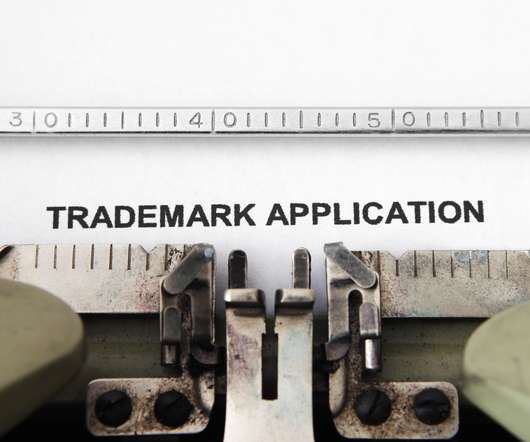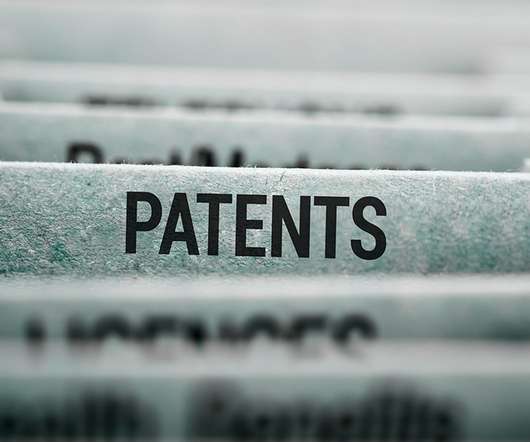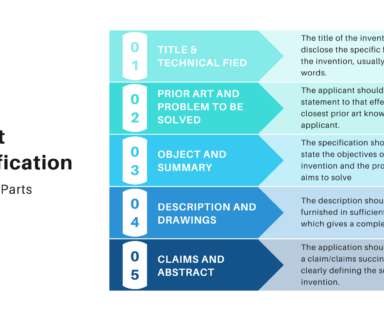Public-Use Bar: What Startups Need to Know
IP Watchdog
OCTOBER 26, 2023
Many startups are aware of how the on-sale bar interacts with these pressures and the associated need to file patent applications on any technology prior to offering or placing it on sale.




















Let's personalize your content